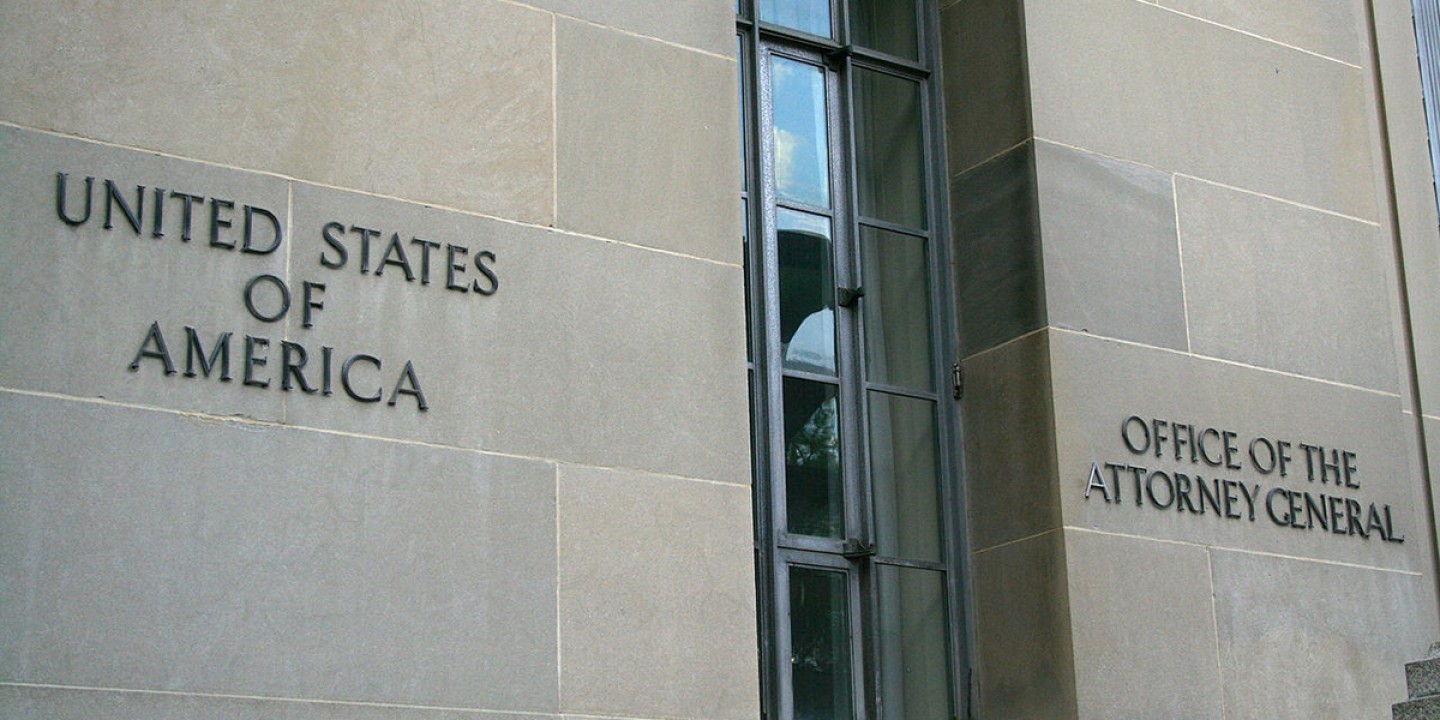The federal death penalty and the Trump administration’s last-minute killing spree
The first federal execution in 17 years took place last summer. Twelve more followed.

In the chaos of the final weeks of the Trump presidency, it would be easy to overlook a particularly troubling aspect of the administration’s use of power: the Justice Department’s last-minute killing spree. The administration executed 13 prisoners in seven months, ending a 17-year hiatus in federal executions and a 130-year precedent of halting them during the lame-duck period of a presidency. This is the highest number of federal executions in a single year since the 19th century; it is more executions in seven months than the past ten presidents oversaw in their entire combined terms. As the Trump administration’s power ebbed in other realms, it exercised its power over life and death in a rushed, cruel, and arbitrary manner that the new administration cannot reverse.
The administration had the legal right to conduct these executions. But deliberately killing human beings to solve social problems and exact retribution makes for a troubled society. The crimes that put defendants on death row are heinous, and the grief and pain of families and communities that suffer from these crimes are immeasurable. But the death penalty has never been an effective crime deterrent or means of redressing wrongs. When a government kills its own people, for any reason, the results are morally disturbing and repugnant.
Read our latest issue or browse back issues.
What’s more, we know that the death penalty in this country is now and has always been arbitrarily applied. More than anything, a death sentence signifies that a defendant had poor legal representation, is a person of color, or was born into poverty. White defendants are twice as likely as non-White defendants to receive plea deals with life imprisonment as their punishment. More than 75 percent of executions are for the killers of White victims, even though homicide victims are disproportionately Black.
Recognizing these realities, many state-level justice systems have turned against the death penalty in recent years, as has public opinion. Many prosecutors have refused to seek the death penalty; 22 states have abolished it altogether. Even Texas, which has the highest number of executions, has seen dramatic declines in capital cases in recent years.
Yet the federal death penalty remains. The arbitrary spectacle of executions in recent months is a national shame, but it is important to note that previous administrations could have taken steps to prevent it. Instead, they left in place the apparatus that allows for government-sanctioned killing. The message has too long been that government-sanctioned killing is a legitimate use of power.
In the last days of Trump’s presidency, lawmakers introduced legislation to ban the federal death penalty. The Biden administration has expressed its desire to end capital punishment as well. To lead us into this more humane future, the administration will also need to empty federal death row by commuting to life in prison the death sentences of the people on it, as well as to instruct every US attorney not to pursue capital punishment for federal crimes. Together these three acts will end the arbitrary apparatus of death in the name of federal power.
A version of this article appears in the print edition under the title “The power to kill.”






